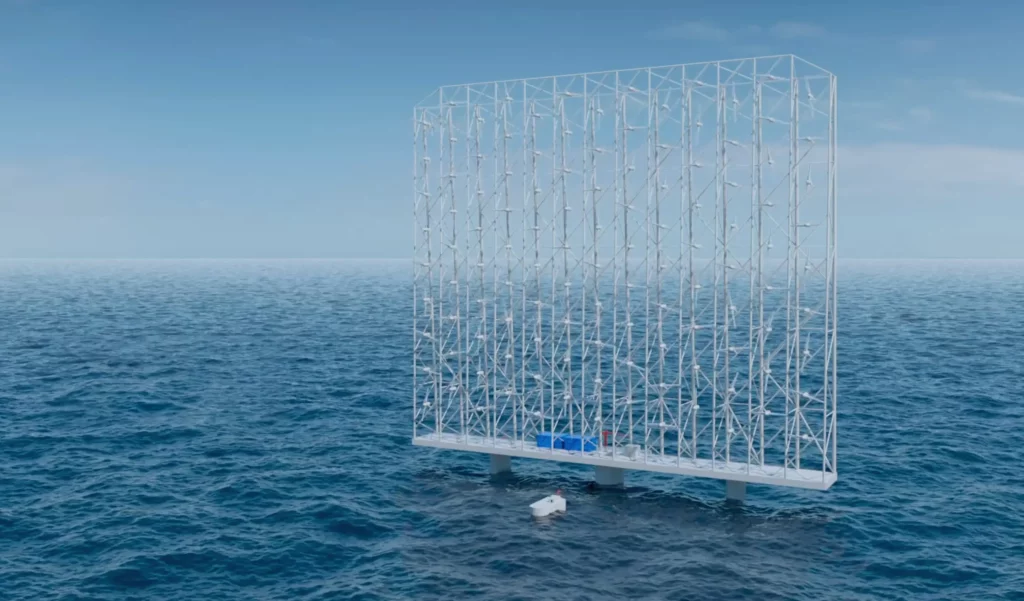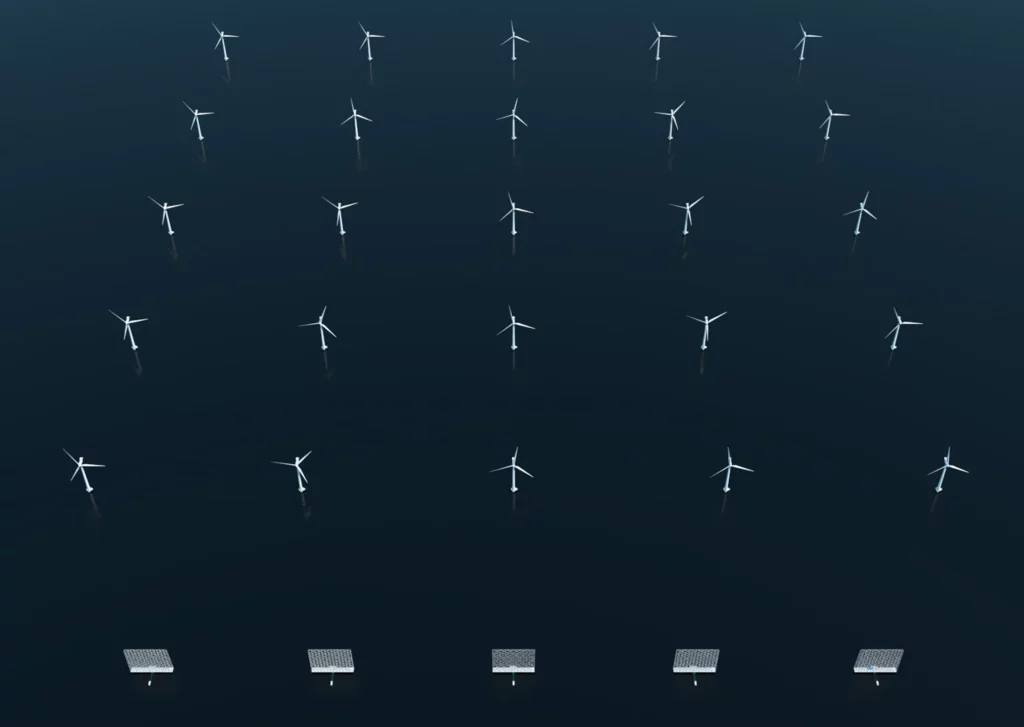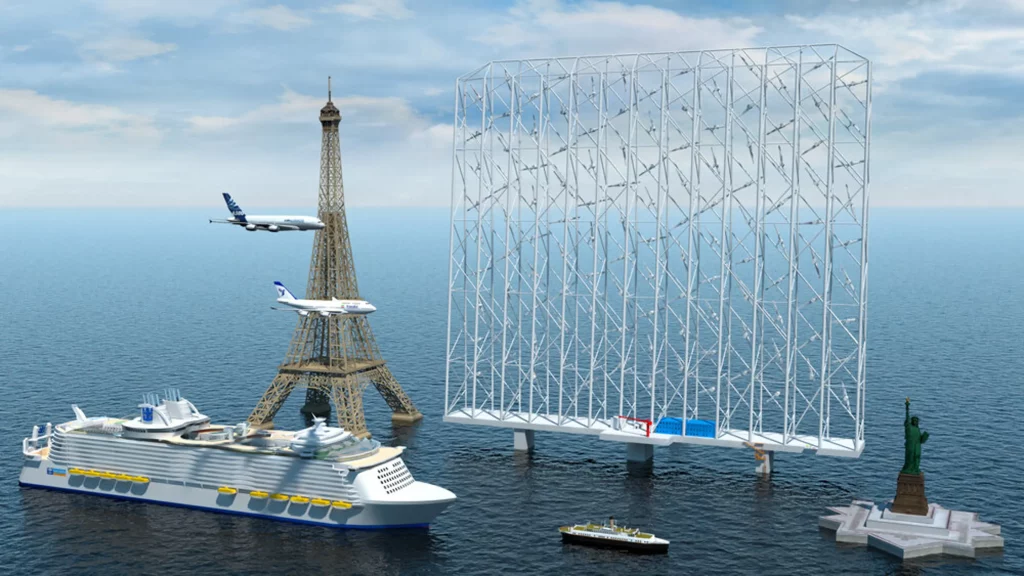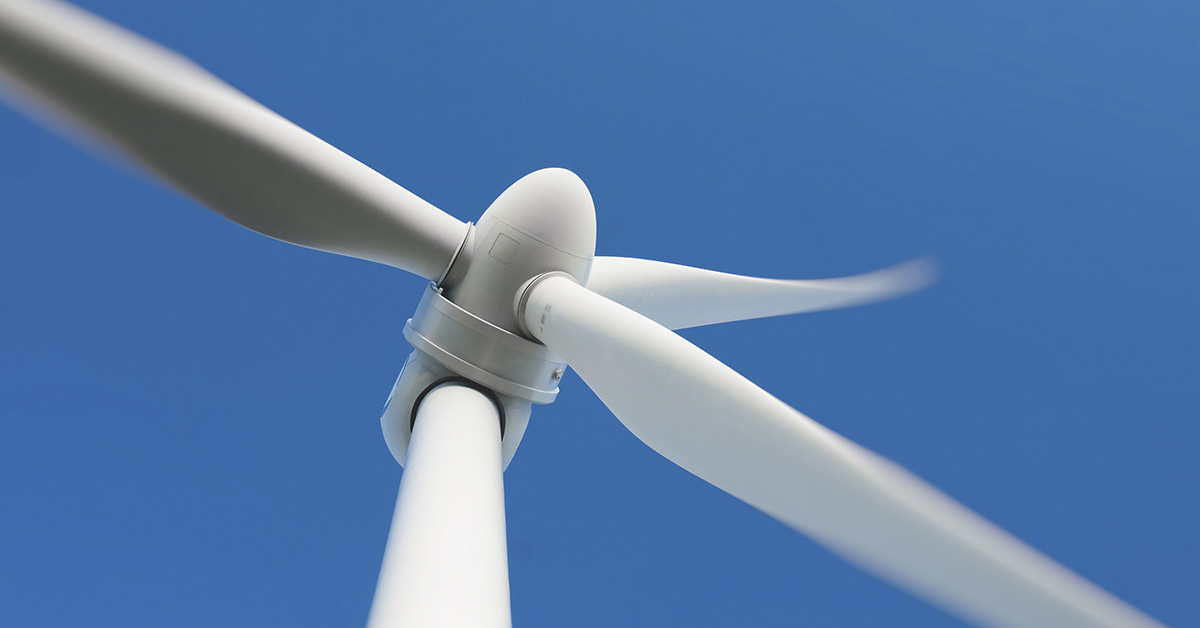With the wind energy industry constantly evolving, researchers and engineers strive to create more efficient, cost-effective, and sustainable ways to harness wind power. Norway now has one the most promising developments in this field with the “Wind Catcher,”; a floating turbine towering over 1,000 ft with more than 100 turbine rotors that will float offshore and could transform how we generate electricity from wind.
Accessing Stronger Winds
One of the key advantages of the Wind Catcher is its height, which allows it to access higher-altitude winds that are generally stronger and more consistent than those closer to the ground. Additionally, its placement in the water puts Wind Catcher in a better position to use strong ocean gales. This is a significant improvement over traditional wind turbines; where strong winds force large turbines to shut down, Wind Catcher’s smaller, more numerous turbine system makes harnessing higher wind speeds not only possible, but preferred.

More than accessing the consistent winds of the ocean, because the structure can float, it makes the limited land mass available for turbines a thing of the past. With two-thirds of the planet covered in water, the Wind Catcher won’t be having real estate issues any time soon.
The unique design of this turbine system consists of a large frame with multiple rotors attached to it. Even when compared to the largest and most powerful turbines in the world, Wind Catcher’s design outshines them all – generating 5 times the output of the largest current wind turbine design¹.

More Efficient Electricity
Another significant advantage of the Wind Catcher is its ability to generate electricity more efficiently than traditional turbines. The Wind Catcher’s multi-rotor design generates enough energy to power 80,000 European homes². In comparison, the next highest-output turbine, the 15MW Vestas V236, generates enough power for roughly 20,000 European homes per year³.
The Wind Catcher’s potential to generate more electricity than traditional turbines of similar sizes is a game-changer for the wind energy industry. This could lead to a significant increase in wind energy production and reduce our reliance on fossil fuels.

Reducing Carbon Emissions, And Costs
The Wind Catcher represents a significant step forward in transitioning to clean and renewable energy sources. Wind energy is already a relatively clean and sustainable energy source, but the Wind Catcher’s innovative design and increased efficiency take it to the next level.
By generating more electricity with more turbines, you would think the Wind Catcher would be more susceptible to breakdowns, making the overall structure more costly in the long run. However, because of how small the parts are (and how new the technology is), when pieces need to be replaced they can all be done by a crew on site without needing any serious rental equipment like cranes to hoist a massive part up into place. The costs will be minimal.
Speaking of costs, the grid-supplied cost of electricity in Norway is around $105 per megawatt hour. Wind Catcher should supply a similar number once it is rolled out and running. With lower maintenance costs, higher output, and an equal cost for that output, what more can you want from cleaner, greener energy?
A Promising Future
The Wind Catcher is an exciting new development for wind energy. Its ability to capture ocean wind and access higher-altitude and velocity winds makes it more efficient and economical than any other turbine. The Wind Catcher’s potential to generate more electricity than traditional turbines and reduce carbon emissions make it a promising development in the transition to clean and sustainable energy sources. As wind energy continues to gain momentum as a viable alternative to fossil fuels, innovations like the Wind Catcher will be critical to its continued growth and success.
Keep Reading: Huge Wind Turbine With 350-Foot Blades Can Power A Home For Two Days With One Turn
Sources
- “1,000-foot multi-rotor floating Windcatchers to power 80,000 homes each.” New Atlas. Loz Blain. June 7, 2021.
- “Meet ‘Wind Catcher’: A 1,000-ft Tall Multi-Rotor Offshore Turbine.” Interesting Engineering. Christopher McFadden. June 8, 2021.
- “Vestas’ V236-15.0 MW prototype wind turbine produces first kWh.” Vestas. Aarhus. December 30, 2022.

